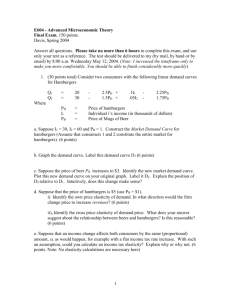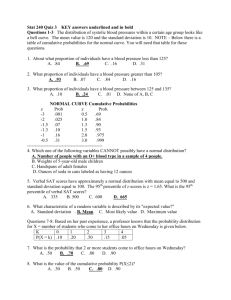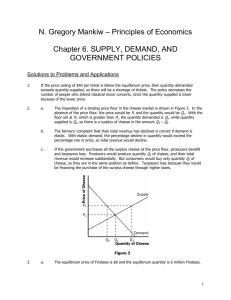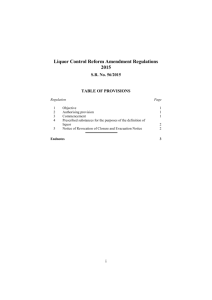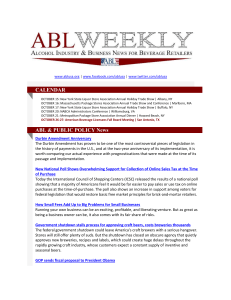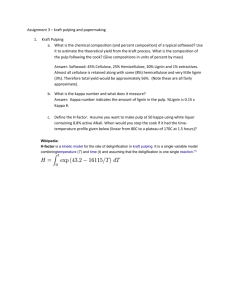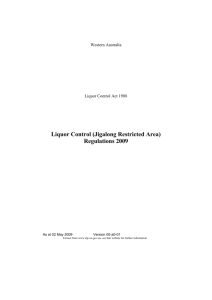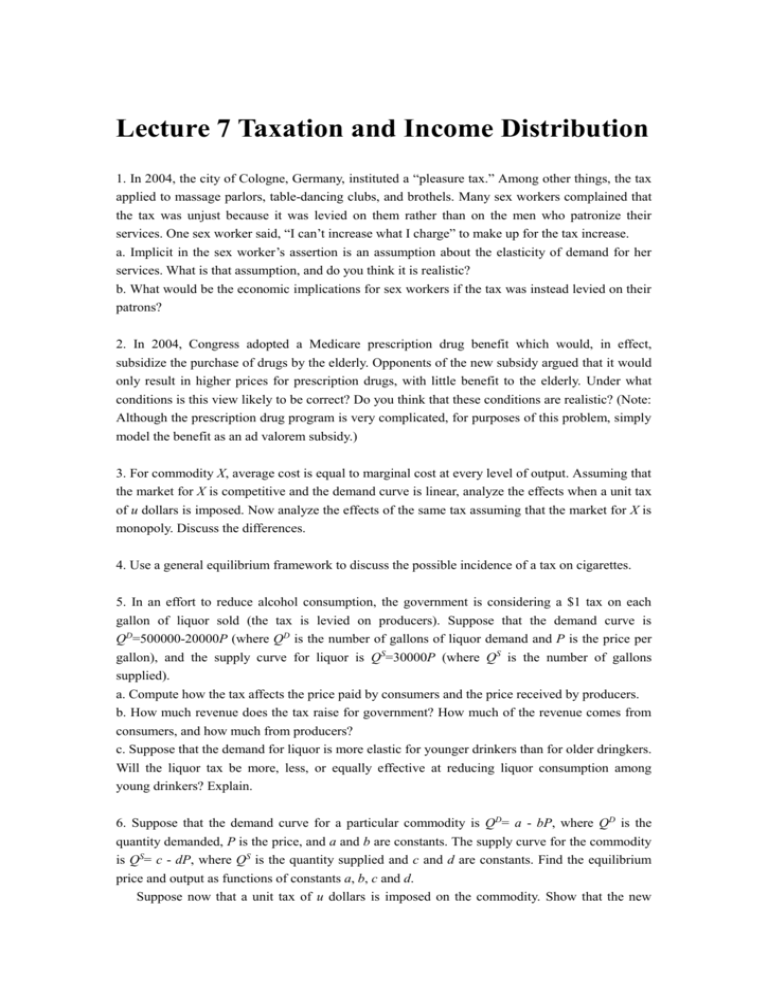
Lecture 7 Taxation and Income Distribution
1. In 2004, the city of Cologne, Germany, instituted a “pleasure tax.” Among other things, the tax
applied to massage parlors, table-dancing clubs, and brothels. Many sex workers complained that
the tax was unjust because it was levied on them rather than on the men who patronize their
services. One sex worker said, “I can’t increase what I charge” to make up for the tax increase.
a. Implicit in the sex worker’s assertion is an assumption about the elasticity of demand for her
services. What is that assumption, and do you think it is realistic?
b. What would be the economic implications for sex workers if the tax was instead levied on their
patrons?
2. In 2004, Congress adopted a Medicare prescription drug benefit which would, in effect,
subsidize the purchase of drugs by the elderly. Opponents of the new subsidy argued that it would
only result in higher prices for prescription drugs, with little benefit to the elderly. Under what
conditions is this view likely to be correct? Do you think that these conditions are realistic? (Note:
Although the prescription drug program is very complicated, for purposes of this problem, simply
model the benefit as an ad valorem subsidy.)
3. For commodity X, average cost is equal to marginal cost at every level of output. Assuming that
the market for X is competitive and the demand curve is linear, analyze the effects when a unit tax
of u dollars is imposed. Now analyze the effects of the same tax assuming that the market for X is
monopoly. Discuss the differences.
4. Use a general equilibrium framework to discuss the possible incidence of a tax on cigarettes.
5. In an effort to reduce alcohol consumption, the government is considering a $1 tax on each
gallon of liquor sold (the tax is levied on producers). Suppose that the demand curve is
QD=500000-20000P (where QD is the number of gallons of liquor demand and P is the price per
gallon), and the supply curve for liquor is QS=30000P (where QS is the number of gallons
supplied).
a. Compute how the tax affects the price paid by consumers and the price received by producers.
b. How much revenue does the tax raise for government? How much of the revenue comes from
consumers, and how much from producers?
c. Suppose that the demand for liquor is more elastic for younger drinkers than for older dringkers.
Will the liquor tax be more, less, or equally effective at reducing liquor consumption among
young drinkers? Explain.
6. Suppose that the demand curve for a particular commodity is QD= a - bP, where QD is the
quantity demanded, P is the price, and a and b are constants. The supply curve for the commodity
is QS= c - dP, where QS is the quantity supplied and c and d are constants. Find the equilibrium
price and output as functions of constants a, b, c and d.
Suppose now that a unit tax of u dollars is imposed on the commodity. Show that the new
equilibrium is the same regardless of whether the tax is imposed on producers or buyers of the
commodity.
7. Suppose that the income tax in a certain nation is computed as a flat rate of 5 percent, but no tax
is levied above $50000 in taxable income. Taxable income, in turn, is computed as the individual’s
income minus $10000; that is, everyone gets a $10000 deduction. What are the marginal and
average tax rates for each of the following three workers? (Evaluate the marginal tax rate at each
person’s current income level.)
a. A part-time worker with annual income of $9000.
b. A retail salesperson with annual income of $45000.
c. An advertising executive with annual income of $600000.
Is the tax progressive, proportional, or regressive with respect to income?
8. Assume that in a given country, tax revenues, T, depend on income, I, according to the formula
T = -4000 + 0.2 I
Thus, for example, when a household has an income of $50000, its tax burden is -4000 + 0.2×
50000, or $6000. Is this a progressive tax schedule? [Hint: Compute average tax rates at several
different levels of income.]
Now let’s generalize the tax schedule in this problem to:
T=a+tI
Where a and t are numbers. (For example, in the tax schedule above, a = -4000 and t =0.2.) Write
down a formula for the average tax rate as a function of the level of income. Show that the tax
system is progressive if a is negative, and regressive if a is positive. [Hint: The average tax rate is
T / I.]
9. In 2002, New York City increased the tax rate on cigarettes from 8 cents a pack to $1.5 a pack.
A month after the increase, a spokesman for the mayor noted that “fewer cigarettes are being sold,
and the city is making more money” [Cooper, 2002, p. B7]. Assume for simplicity that the supply
of cigarettes to New York City is perfectly elastic.
a. Assuming that the spokesman’s facts are correct, what must be true of the elasticity of demand
for cigarettes in New York City?
b. Recall that the spokesman’s comment was made just one month after the tax increase was
enacted. As more time passes, what do you expect to happen to the elasticity of the demand curve,
and how will this affect tax revenues for New York City?
10. A New York Times editorialist recently advocated a cut in the payroll tax. Among other
advantages, he argued that it would “stimulate hiring, since employers shoulder half the burden of
the tax” [Conley, 2004]. Sketch a model that is consistent with this argument. Is it realistic?


